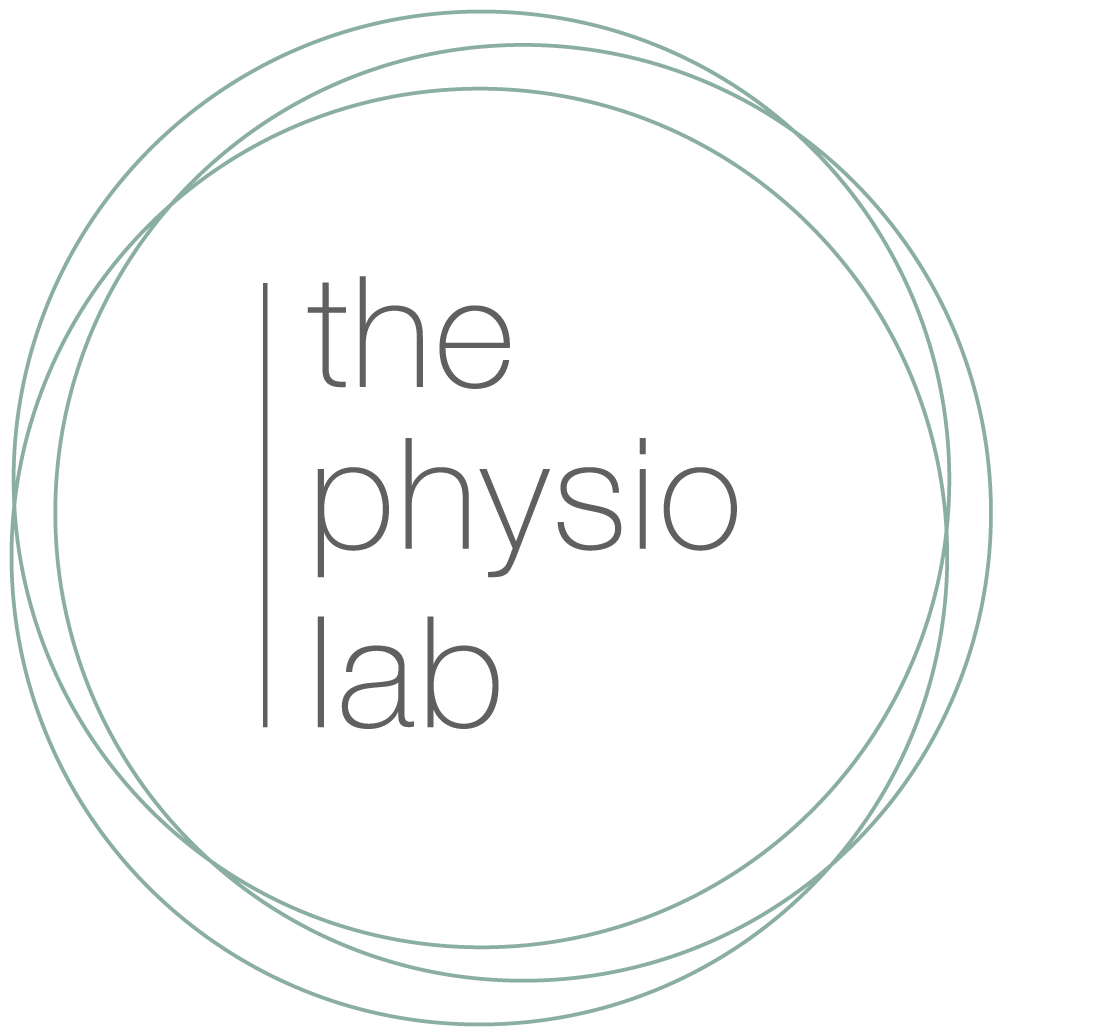Stress can play a significant role in ischaemic muscle pain (a restriction in blood supply to muscle tissue) and/or neck pain. With this, the role of of breathing should be brought into the clinical equation. This is not only due to the proximity of the respiratory muscles to the thorax (rib cage) and neck, but also due to the connection breathing has with various emotional states in our lives. Think of how you hold your breath in reaction to shock or suspense or how your breathing is effected by anxiety or stress.
When I see patients that present with neck pain I would usually sub-classify them, in my own terms, as either ‘pathological necks’ (those with symptomatic pathology such as boney, muscular or neural) or ‘stress necks’. Not the most accurate descriptions, and often not so clean cut, but this basically enables me to identify that a 'stress neck' will probably not respond as well to traditional manual therapy techniques and is usually better off with modalities such as dry needling, generalised upper body exercises, breath work and general advice on stress management.
"Does a poor, weak, posture cause respiratory dysfunction?"
When managing neck pain that is the result of stress, a focus on breathing and breath work exercises can have a two-fold effect. Firstly, it can mobilise the ischaemic muscles that are, at least in part, the result of a static cervicothoracic spine. Many cervical muscles have their origins on the thorax and are associated with respiration. The effects of breathing can therefore result in improvements in neck and thorax posture. Secondly, there is a resultant stress reduction due to an increase in mindfulness surrounding the pattern and rate of breathing. Breathing techniques that slow down the out breath can help stimulate the parasympathetic part of the nervous system which can reduce stress levels in the body.
The respiratory system is involved in our bodies response to stress. Its role is to breathe faster to increase oxygen and blood circulation throughout the body. This system can be impaired by static postures - think of those hours sitting at the computer or in work meetings and the stiffness that occurs in the neck and upper back. The dysfunctional muscle patterns and poor breathing mechanics that result from these static postures will therefore be a contributory element in the way that the body reacts to stress and in its ability to bring the body back to a state of calm and rest.
Dimitriadis, Kapreli, Strimpakos & Oldham (2016) recently reviewed the role a dysfunctional respiratory system can play in chronic neck pain. They extrapolated causality quite nicely in this model (figure 1) looking at the various mechanisms and manifestations of neck pain and how they relate to poor respiration. Interestingly they point out that drug use to manage pain can reduce respiratory drive, while on the other hand, noxious stimuli can increase respiration and alter rib cage mechanics. Both these changes lead to dysfunctional breathing patterns that can alter blood chemistry and result in hypocapnia (low carbon dioxide levels). This is often seen in patients with chronic neck pain. They do note that while changes are seen in respiratory function, they are not at a level that can be classified as pathological at this stage. More good quality trials are needed to better understand this relationship.
Figure 1
The same group of researchers (Dimitriadis, Kapreli, Strimpakos & Oldham, 2013) also showed that patients with chronic neck pain (noted as having pain for a period of at least 6 months with weekly episodes) compared to healthy matched controls, showed significant reductions in maximal inspiratory and expiratory pressures most likely related to poor global and local muscle systems. This may raise a chicken and the egg dilemma: Does a poor, weak, posture cause respiratory dysfunction or is it the other way around?
A simple method to teach diagphragmatic (or abdominal or belly) breathing is as follows:
- Assume a comfortable position, usually lying flat on your back with your knees bent up, in a quiet and calm environment
- Begin by relaxing your shoulders and arms
- Place one hand on your chest and the other hand on your belly/naval region
- Inhale slowly through your nose for 5-8 seconds
- As you breathe in, your belly should rise and your lower ribs should expand outwards with minimal upper chest movement
- Exhale slowly through your mouth relaxing your chest wall and abdomen, usually for the same duration (or slightly longer) than your breath in
The link between stress and neck pain is very important. Posture also plays a significant role in neck pain. This is where I think that bridging these two areas is necessary. Attention to the role of breathing mechanics and respiratory rate within the context of good alignment of the spine, is something were we, as physiotherapists and educators, can have a big impact on patients with stress related chronic neck pain.
For more information on physiotherapy management techniques of chronic neck pain please seek an opinion from your physio.
Dimitriadis, Z., Kapreli, E., Strimpakos, N., and Oldham, J. (2016). Respiratory dysfunction in patients with chronic neck pain: What is the current evidence?, Journal of Bodywork and Movement Therapies, Article in press. Available online 8 February 2016. doi.org/10.1016/j.jbmt.2016.02.001.
Dimitriadis, Z., Kapreli, E., Strimpakos, N., and Oldham, J. (2013). Respiratory weakness in patients with chronic neck pain. Manual Therapy, 18(3), 248-253. doi.org/10.1016/j.math.2012.10.014


